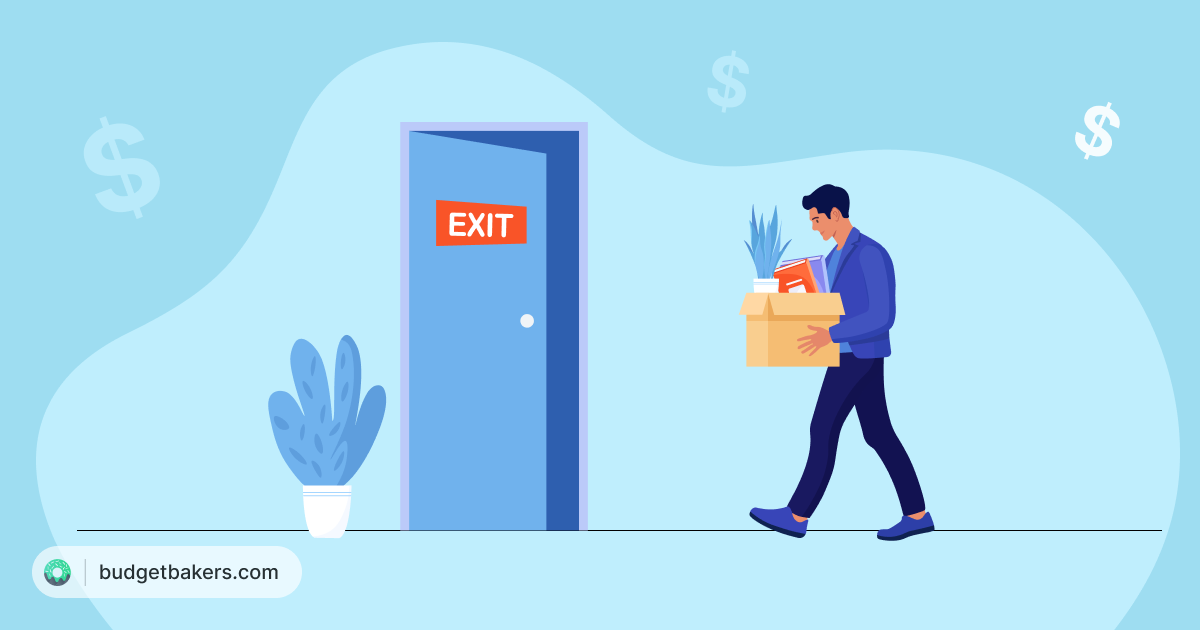Today we live in a culture of consumption and waste. Consumers are encouraged to buy the latest, shiny new device or piece of clothing, usually at discounted prices, in bulk – the opposite of sustainable shopping.
The problem is that fast fashion and other cheaply made consumer novelties are usually not made to last. Not only this, but what often feels like a good deal when you’re looking at it in the shop belies the true cost of a “use and forget” consumer culture. Products made in developing countries may often be made by underage workers, making less than minimum wage. Even companies that emphasize sustainability and fair labor practices often work with contracting firms that have no such compunctions. It’s more than likely that some of your cut rate clothing or cheap electronics are being made by exploited workers, from substandard materials.
Then there’s simply the matter of value. When you shop for fast fashion items or cheap electronics, you’re often participating in an economy of scale that does not prize quality of craftsmanship or materials. Often the cheap prize you’re paying for your items is actually an enormous markup from the extremely cheap manufacturing standards being used.
I ran a retail clothing and home furnishings company for several years. One of the lessons I learned was that small, independent makers and designers often charge prices that are much more reflective of the actual value of the items being sold.
For example, a handmade shirt from Peruvian cotton might cost $100, instead of the usual $30 at an H&M or Zara. But when buying from a designer or a design shop, the share of the money you spend that goes to the material and craftsmanship is often more than that of fast fashion. That $100 shirt is marked up from, say, $50 from the designer. The designer in turn marks up the cost of materials and labor by 50%, meaning that the shirt cost about $25 to make. So you’re paying about four times the cost.
Compare this with your typical $30 shirt from a fast fashion outlet. While it’s cheaper, the materials and labor may cost as little as $2-3 dollars. You’re paying ten times the price of the materials and labor, not 4 times. In this way, very often locally sourced and produced items are a much better value. The price out of pocket may be higher, but the priced do tend to correspond more closely with the real value of the items.
So what are some purchases that you should consider spending more on, in order to get the best value? Here we break down 14 items that are worth shelling out a little extra. Not only do these products offer you a better experience of ownership, but they may also last longer, and in the end, save you money.
14 Items That Last
1. High-quality appliances (e.g. refrigerator, washing machine)
This couldn’t be more true than it is with home appliances. Often the discount for a cheap washing machine or a fridge is miniscule compared with the dip in quality between top manufacturers and cheapo brands.
Do you want to buy a new washing machine every 5 years for $400, or buy one machine, for $1000, and have it last you 15-20 years? I know which I would prefer. And with most such items now available on payment plans and with extended warranties, there’s really no excuse for going with the discount brand.
2. Furniture made of solid wood or durable materials
Yes we know! You can furnish an entire apartment these days for a few thousand dollars in Ikea quality plywood and fiberboard. But is it really worth it?
I practice patience when I’m buying furniture. I ask myself: can I live without this dining set, in order to save up money to afford high quality furniture that will last a lifetime? As a result, in the seven years since I’ve owned a home, I’ve accumulated most of the high quality furniture I wanted at the beginning.
In this case, sometimes cheap furniture is unavoidable, but where many of us get tripped up is going for the “medium quality” options because they’re good enough, and we can sort of afford them. My recommendation is a bit unusual: buy the cheapest possible furniture that you absolutely need, and then slowly replace it with high quality items that will last, sometimes for the rest of your life. A couple of years ago, after going through two tv stands in a matter of 3-4 years, I spent about $1000 (a lot of money for me to spend on furniture) on an acacia wood cabinet and stand that will now last me the rest of my life. Every time I look at it, I feel happy about my choice.
The great thing about buying nice furniture is that once you have something really great, it will last literally forever. You’ll never have to replace it. Your children may even one day take it off your hands. Isn’t that nice?
3. Quality tools (e.g. hand tools, power tools)
It’s tough to see how expensive tools have become, especially recently. But again, would you rather buy the same tool over and over for the next 20 years, or buy one piece that lasts?
These days, there’s always the option of renting tools from a sharing platform or a local tool rental service. Ask yourself whether this particular tool is something you’ll use over and over again for the next several decades. If it isn’t… then consider renting instead. If it is, then splash out for a high quality item that will last. You’ll thank yourself.
4. Mattress with good support and comfort
My father always told me: don’t try to save money on anything that separates you from the ground. Tires, shoes, chairs, and mattresses are not all created equal. You’re going to spend a third of your life in bed, so how do you want that experience to be? I know my answer: I spend a bit extra on a really great mattress that will last me 10 years. 10 refreshing, relaxing years.
5. Good quality luggage
Again, this is one of those things people try to save money on that really punishes cheapness. Ever had a cheap piece of luggage show up at the other end of an international flight looking like it was mauled by a tiger? I have.
That’s why about 15 years ago, I bought a set of luggage from a company called Antler (not a sponsor). The three bags are able to fit one inside the other, and weigh about half as much as a typical piece of cheap luggage. They’re also amazingly tough, and have survived dozens of flights and train trips in the intervening years. I can’t imagine how many pieces of luggage I might have bought since then if I had cheaped out. I’m glad I didn’t.
6. Good quality phone with a great camera
What do you spend most of your time doing? If you’re like a lot of people, the answer is staring at your phone. So why not get the best possible experience while doing so?
This is an area of consumer culture where I think we mostly head in the right direction. These days, high quality consumer phones are more popular than ever, and for good reason. A typical flagship phone model from Apple or Samsung now offers a very powerful processor. And an affordable camera that used to cost thousands of dollars. So don’t cheap out! Get that pro phone. You won’t regret it.
7. A quality watch or timepiece
Speaking of things you stare at every day: your watch is something that can become a significant part of your personal image. How do you want to appear to others? Spending a bit more on a truly quality timepiece may be well worth the boost in confidence you get from wearing it. Plus, beautiful watches tend to be more accurate and highly durable. I’m not saying you need to spend $10,000 on a rolex tomorrow… but spending a decent amount on a high quality watch can really be worth it.
- Durable outdoor gear (e.g. camping equipment, bicycles)
- Leather goods (e.g. wallets, handbags)
- Durable and well-made shoes
- Kitchenware (e.g. cast iron pots and pans, high-quality cutting boards)
- A quality audio system or sound equipment
- Quality skincare and beauty products
- A well-made and durable backpack or briefcase.


